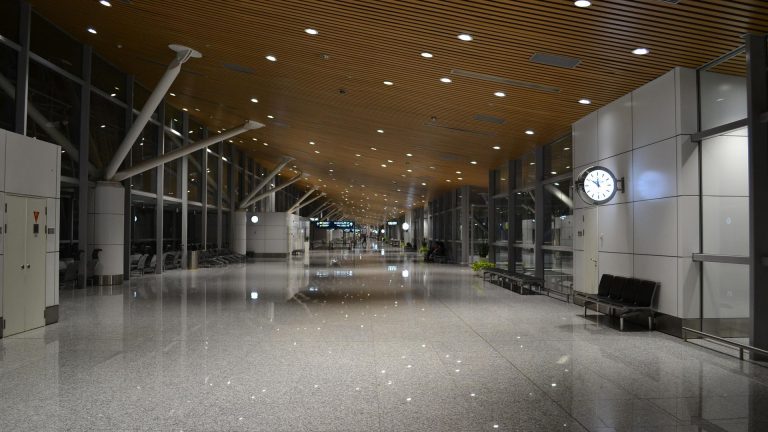Warehousing and distribution centers are being forced to perform more quickly than ever before and meet a growing list of unique customer requirements. Automation is the key to success.
“To get more throughput while decreasing cycle times, more facilities are turning to the strategic use of automation for picking, conveying, storage and sortation,” wrote Modern Materials Handling editor Bob Trebilcock in a May 2006 Modern Materials Handling article on warehousing systems.
Over the past decade, automated systems have moved from simple stock locator systems to islands of single-task automation to the unified, integrated systems being installed today. Automation is speeding up every aspect of warehousing, including inventory control, receiving, material movement, picking, packing and shipping. Automation allows greater volumes to be handled in shorter timeframes. Today, automation allows customization of an end-user’s needs to be accomplished with amazing speed, accuracy and efficiency.
Engineering a customer’s requirements “into the workflow” and performing them as a matter of course, is the most efficient and cost-effective way to meet specific customer requirements, Trebilcock writes in a July 2008 Modern Materials Handling article. Some examples of using automation to meet unique customer requirements:
- Pick-to-light solutions ensure order-picking accuracy and maintain throughput.
- Synchronizing material delivery to the production line in the same sequence as component assembly and packing saves time on the order assembly line.
- Automatic print and apply processes save labor in applying shipping labels and guarantee accurate shipments.
Anything you can do to automate your warehousing or distribution operation will improve speed and accuracy for your customers and allow you to handle a higher volume while still meeting unique customer requirements.


